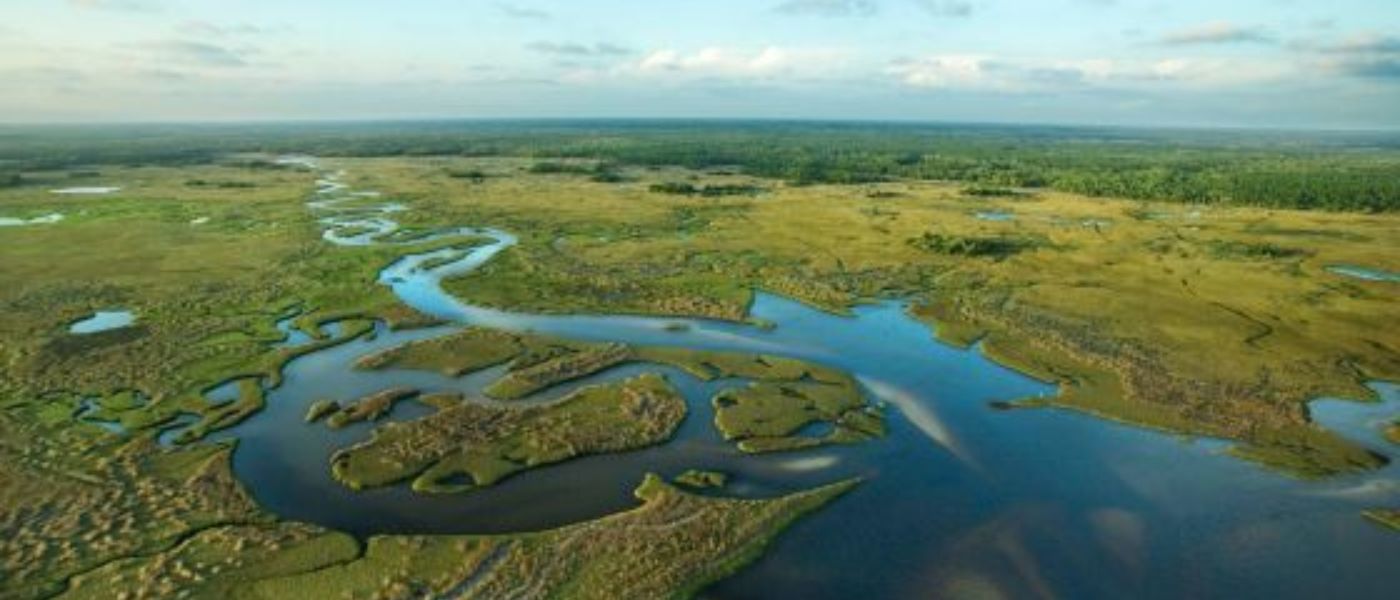From freshwater spaces to bogs, swamps, marshes and beyond, wetlands are distinct climates and ecosystems that play major roles in the air we breathe. Not only that, they house 40% of all plant and animal species—despite covering just 6% of Earth’s land surface, according to the United Nations (UN).
On World Wetlands Day (Feb. 2), the UN urges greater empathy for these rapidly disappearing ecosystems. To get a clearer understanding of how wetlands impact humans, animals and plant life around the world, The Daily reached out to Mark Green, adjunct associate professor in the Department of Earth, Environmental, and Planetary Sciences.
Read on to learn Green’s answers to our questions on why wetlands are so important, and what the biggest threat is to their survival.
1. How do wetlands affect the ecosystems around them?
Wetlands are critical transition zones between terrestrial and aquatic ecosystems. They store storm runoff and help reduce flood peaks. They trap sediment produced from upstream erosion and generally have a highly reactive chemical environment that improves the quality of water that passes through them. They provide important habitats for a host of plants and animals that have adapted to their novel environmental conditions.
2. Why are wetlands important to the climate?
Wetlands are very important for the global carbon cycle, particularly for the CO2 that makes up our atmosphere and all living things depend upon to breathe.
When plants growing in wetlands die, plant matter accumulates in these wet environments. The low oxygen environment in wetland waters results in decomposition rates that can be very slow, causing significant carbon storage. Peat bogs are a great example of this, where accumulation of dead sphagnum mosses results in a material that is so carbon-rich that it can be used as a fuel source.
A recent estimate suggests that about 12% of annual CO2 produced by fossil fuel combustion is taken up and sequestered by wetlands. When wetlands are drained, this stored organic matter is exposed to the atmosphere and the CO2 is slowly released and accumulates in our atmosphere, which, if not controlled, warms the earth.
3. What wildlife calls a wetlands home?
Wetlands tend to have very high biodiversity. They provide important habitats for migratory birds. Obviously waterfowl are dependent on wetlands, but many other bird species prefer wetland habitats.
The wet environment provides habitats for many insects which serve as a food source for birds as well, and the water also creates a more stable microclimate which may be preferred.
Amphibians and reptiles that spend parts of their life on both land and water often live in wetlands. Associate Professor Mike Benard in biology is doing some interesting research on wetland amphibians at the University Farm and I look forward to learning more about what he is discovering in our own backyard.
4. What do you see as the number one threat to wetlands around the world?
Wetlands continue to be drained so that those lands can be used for agriculture and other human activities. Much of the rich agricultural soil across the Midwestern U.S. was previously wetlands that were drained. Similar conversions are happening across the world. Recognizing the value that wetlands provide for carbon sequestration, wildlife habitat, water quality and flood reduction is vital to helping slow down their loss, globally.

